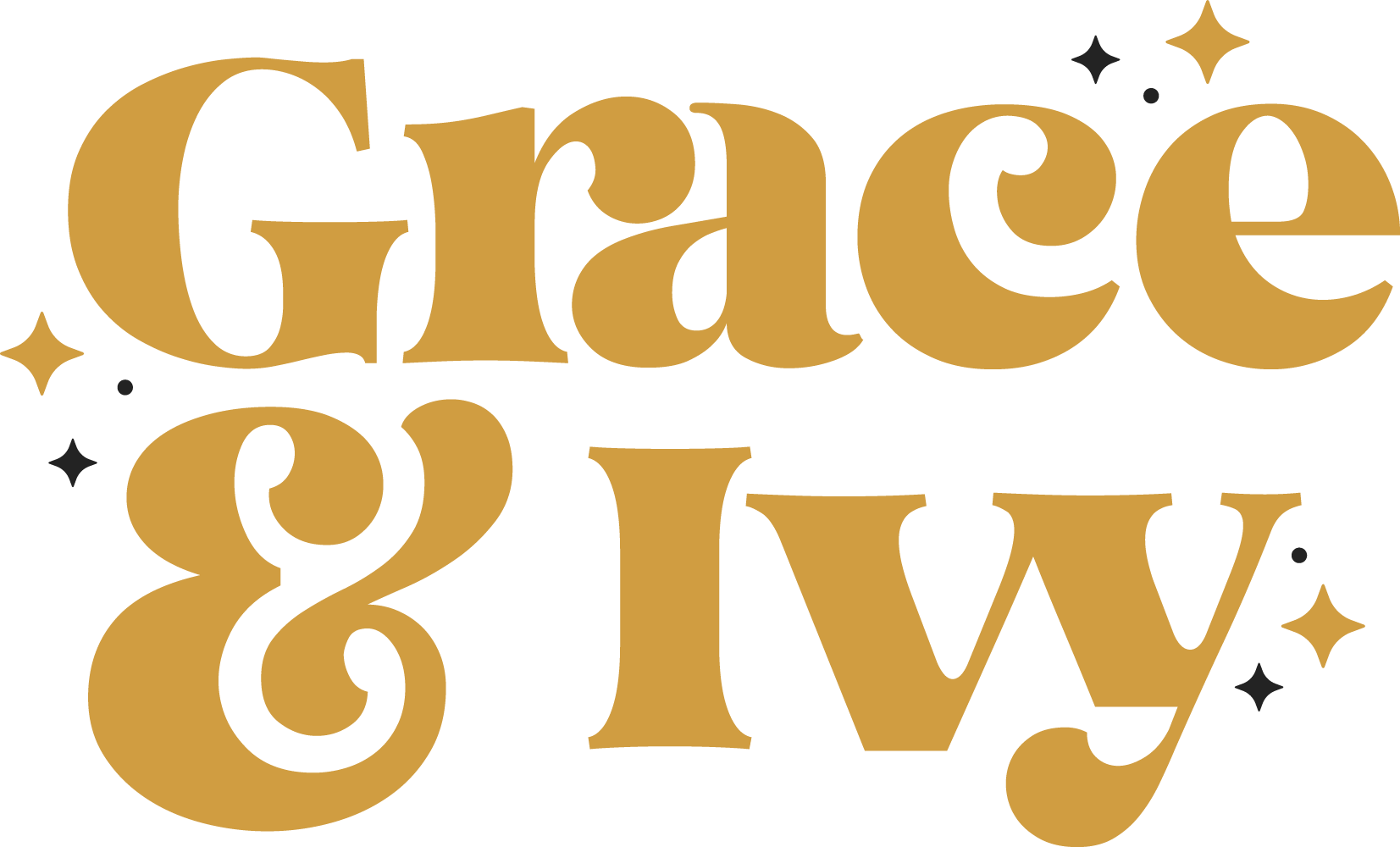I don’t mind a bit of controversy. Not that I like deliberately rocking the boat, but I do like sparking conversation and getting people thinking…so I’ll say it again…
The stages of labour are BULLSHIT!
When I was writing this post, I was searching the interwebs for info about when we started using the stages of labour and couldn’t find what I was looking for. So I thought to myself, who would I ring to ask this question if I could call anyone? And, of course, Dr Rachel Reed popped straight to mind. So I referred to her book, Reclaiming Childbirth as a Rite of Passage, and there it was, as plain as day at the end of Chapter 1.
According to our HERSTORY, we have only been referring to the stages of labour since just after WW2.
But we really started to take it seriously after the 1950s when an American OB (Dr Friedman) decided to plot cervical dilation on a graph and come up with a random timeline for how long ‘normal labour’ should take to progress.
In my humble opinion, Friedman and his bloody curve and then the invention of Pitocin are two of the biggest disservices to women and birth in recent history.
So, how did we get here? (I always ask myself this, usually in a whiney voice!)
Around the 16th century, male philosophers started thinking of the human body as a machine and its functions as mechanical processes. It was also believed that men were more mechanically minded than women, so based on this theory, they were better equipped to understand how bodies functioned.
Men began to study childbirth and moved further into the previously female-only realm of the birth space bringing their newly developed medical instruments with them. Pretty soon, men were attending all births, not just the complicated ones where their instruments were useful.
In the early 20th century, hospital practices became influenced by the production line developed by Henry Ford to build his Model T cars.
Women’s bodies began to be managed as if they were on the production line with routine interventions to make birth more effective and efficient…for the hospital, not the mother.
This brings us to where we are today with contractions measured and plotted on graphs; the cervix micromanaged to see how fast it’s dilating and arbitrary ‘stages of labour’ used to tell us whether we are progressing fast enough, when we can push and how soon they are going to intervene because our bodies are failing us.
Still, today, birth is continued to be described through the concept of the body as a machine.
The term ‘mechanism of birth’ is still used to describe the movements baby makes through the pelvis, and labour progress is understood and taught via the ‘Three Ps” – the power (contractions), the passenger (the baby) and the passage (the pelvis and vagina).
This model disregards modern knowledge of birth as a holistic and interactional process where the influence of environment, movement, emotions and other people greatly influence labour’s progress. Instead, in this model, any complications in the progress of labour are considered to be caused by the dysfunction of the body.
But the fact is women’s bodies are all different.
And so is the way they function during birth. It makes no sense to lump them all in together and expect them to all function the same way and at the same rate. Yet that is exactly what the ‘stages of labour’ theory does.
Each stage of labour then has a random time frame placed on it, and if we don’t perform on cue (dare I say like a circus monkey), we are told that our body has failed and interventions are needed to save our baby. When usually, all we need to do is allow more time for our body to do what it needs to do. Given time and a calm environment, 99% of the time, birth will happen unhindered and without the need for interventions.
There are bucket-loads of evidence to back this all up, but the medical system is notoriously slow at accepting and implementing research findings into practice.
Evidence-based medicine emerged in the 1970s and was firmly established as best practice in the healthcare field by the early 1990s. Yet it remains well-known among other medical fields that Obstetrics is resistant to implementing research findings into practice.
Routine interventions that were introduced as part of the general medicalisation of birth, including episiotomies, fetal monitoring, breaking amniotic sacs, and the stages of labour, are still in use today, even though there is no supporting evidence of their safety or efficacy and in direct opposition to modern knowledge about birth physiology. And despite the plethora of quality research evidence, obstetrics remains culture-based rather than evidence-based and continues to put women and babies through unnecessary interventions resulting in birth trauma.
So how do we tap out of this fictional view of the body as a machine and avoid the effects of the stages of labour?
- The easiest and safest is to birth at home, preferably with a traditional birthkeeper or midwife who doesn’t buy into the bullshit and won’t watch a clock as your labour progresses. This will allow your body to work and labour to unfold as nature intended.
- Have an unassisted birth or freebirth, as some people refer to it. Just you and your chosen people attending you without medical support. This is you taking Radical Responsibility for your birth.
- If the idea of a home or unassisted birth doesn’t appeal to you, you’re going to have a bit of a battle on your hands, but it is still doable. Firstly, get yourself familiar with the place you are choosing to birth. What is their tolerance for risk? How quickly do they intervene? Do they have strict cervical check policies?
Once you have this information, it is time to figure out what YOUR appetite for risk is. How do you feel about cervical checks? Fetal monitoring? Etc. Once you are clear on this, it’s time to put together a strongly worded Birth Plan outlining your non-negotiables. Next, work with your birth partner to make sure they are up to the task of protecting your birth space, standing guard, ready to push back when interventions are suggested…because they will be.
So, what should you take away from this?
Your body knows how to birth your baby. It just needs adequate time to do it. The stages of labour are a bullshit tool used by the medical system to put you on the clock and dictate the interventions they will use to hurry your labour along. Many of these interventions are not evidence-based and are still in use because of the obstetric system’s reluctance to accept modern knowledge about the birthing body. This leads to interventions, birth trauma and potentially obstetric violence.
Follow me on Instagram for a slightly controversial but always truthful take on Industrial Birth BS, ‘Good Girl’ conditioning and energetic birth preparation – @graceandivybirthandwellness





